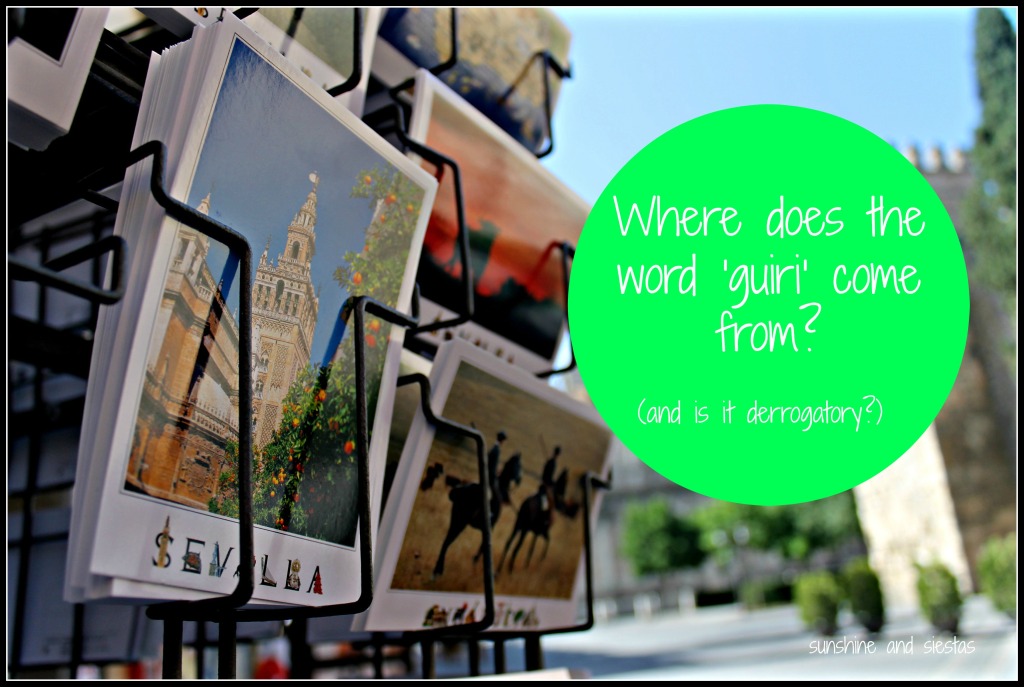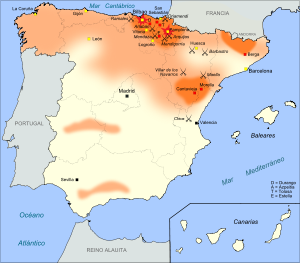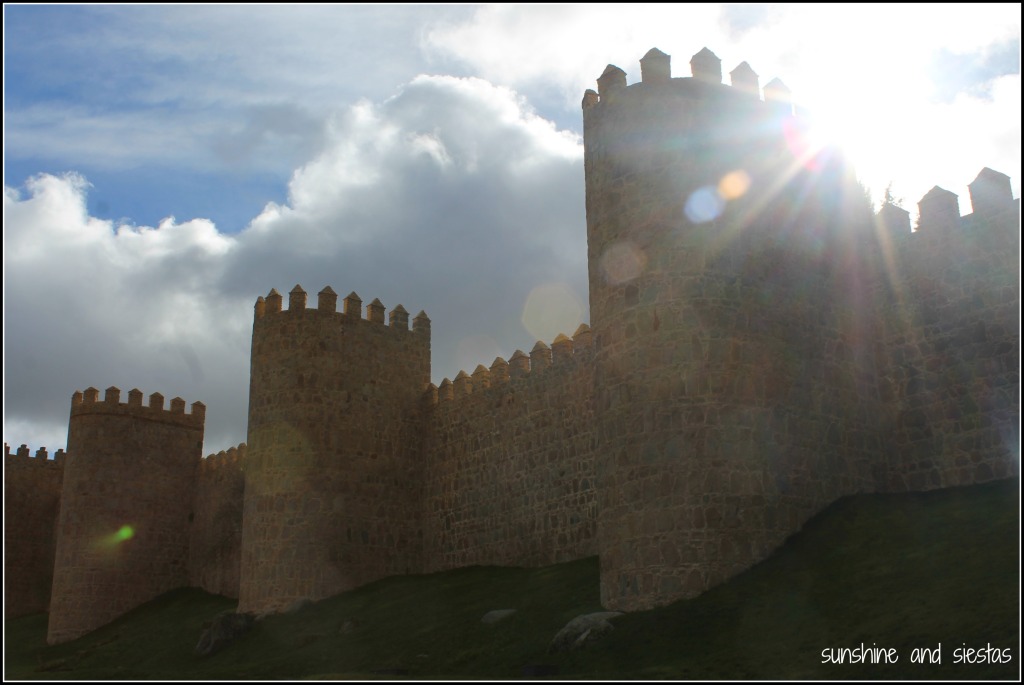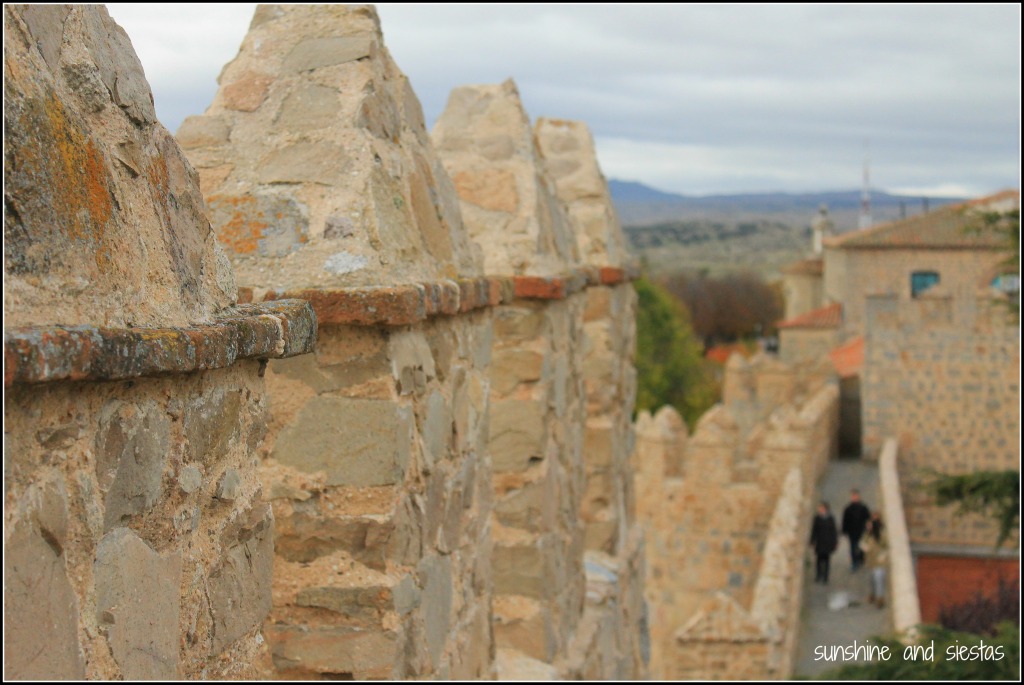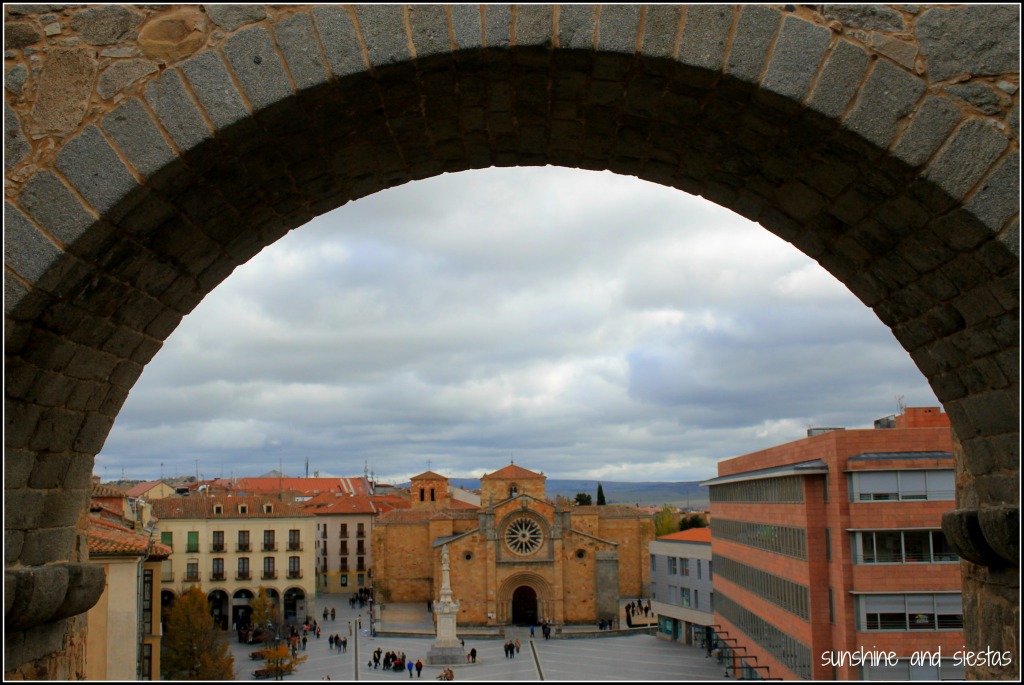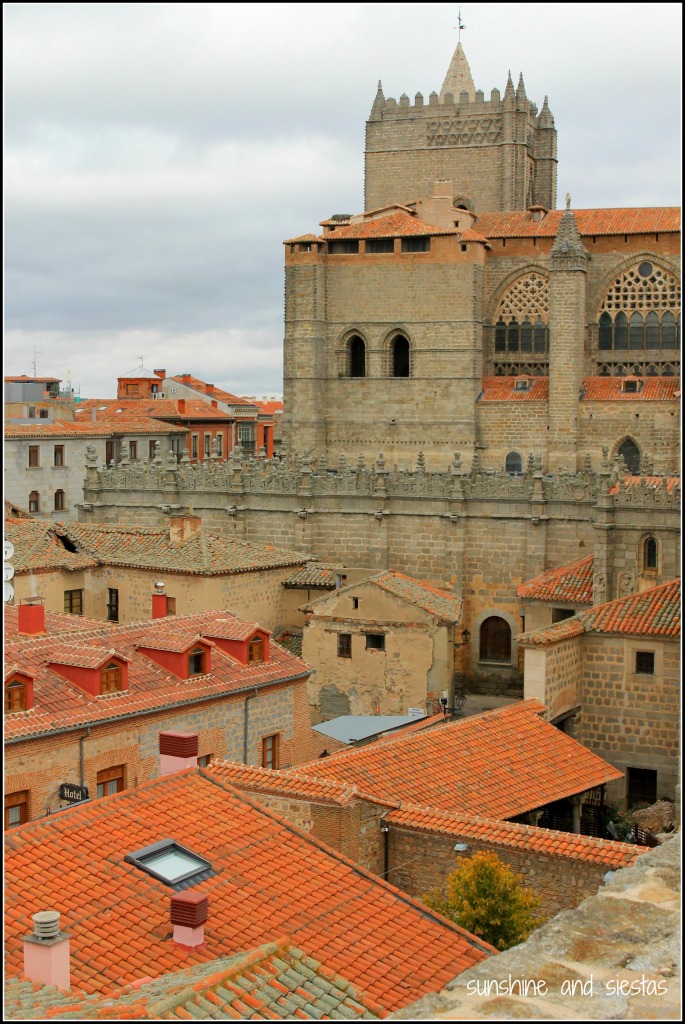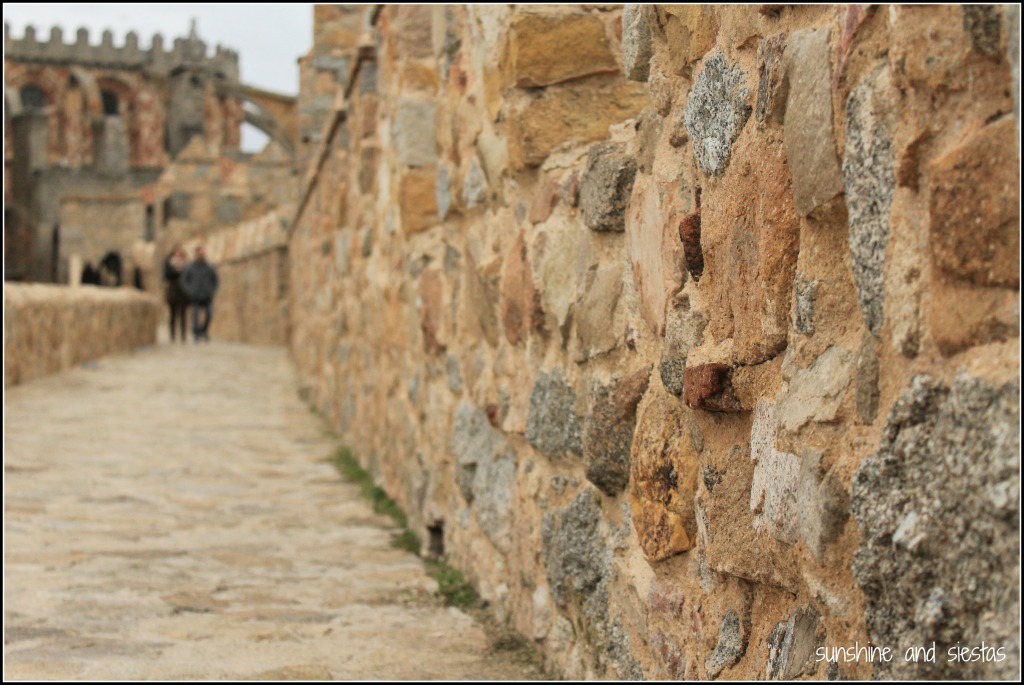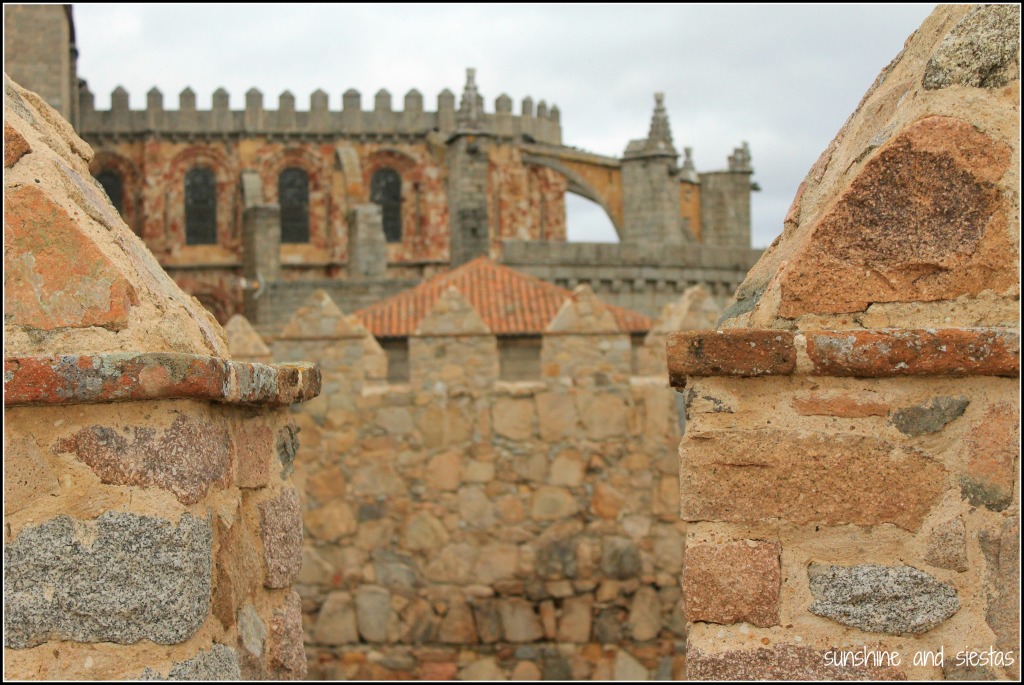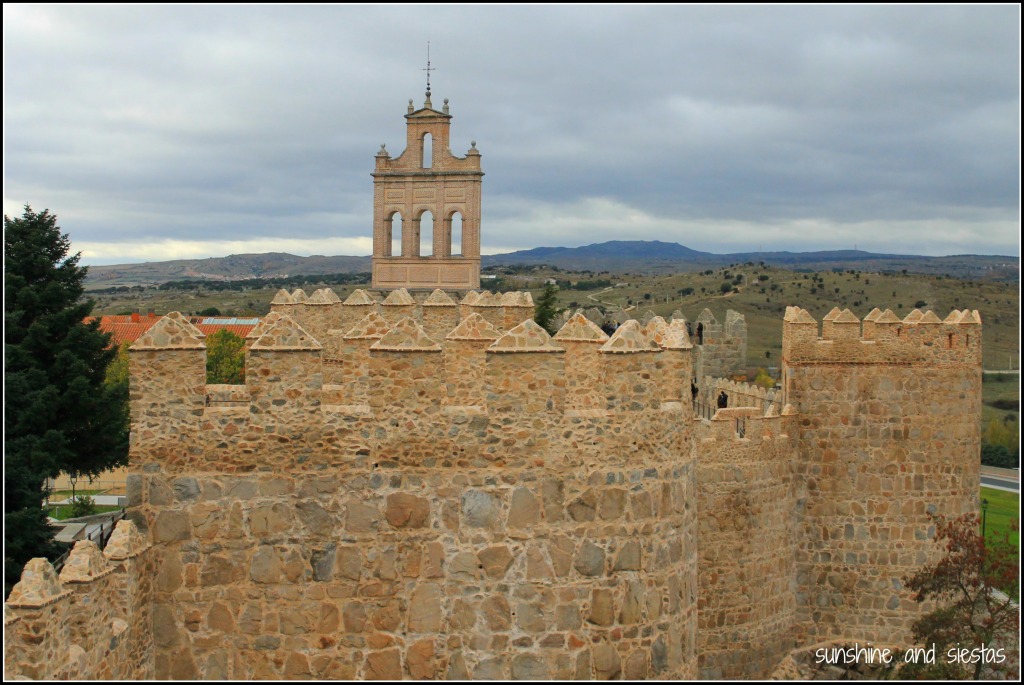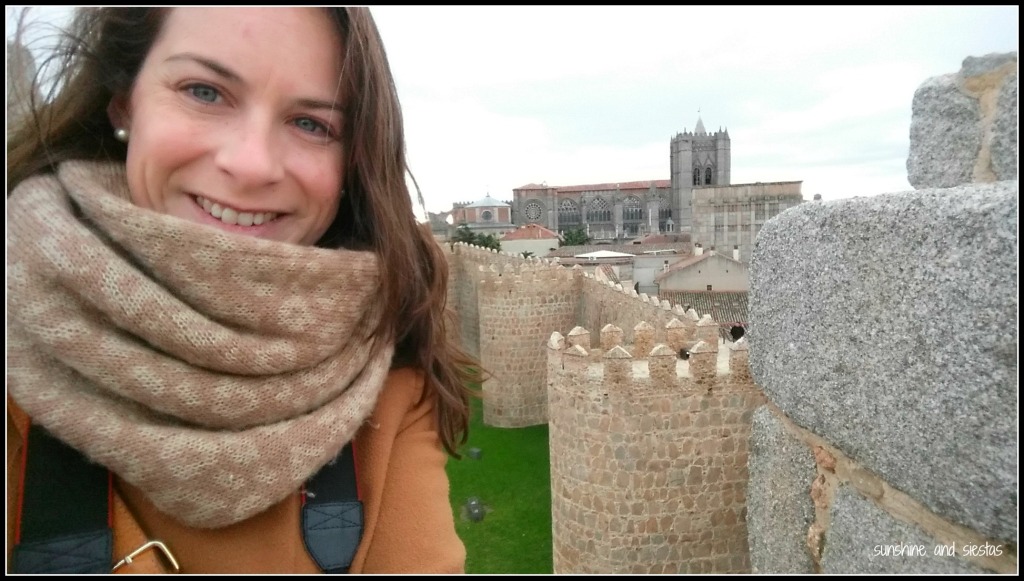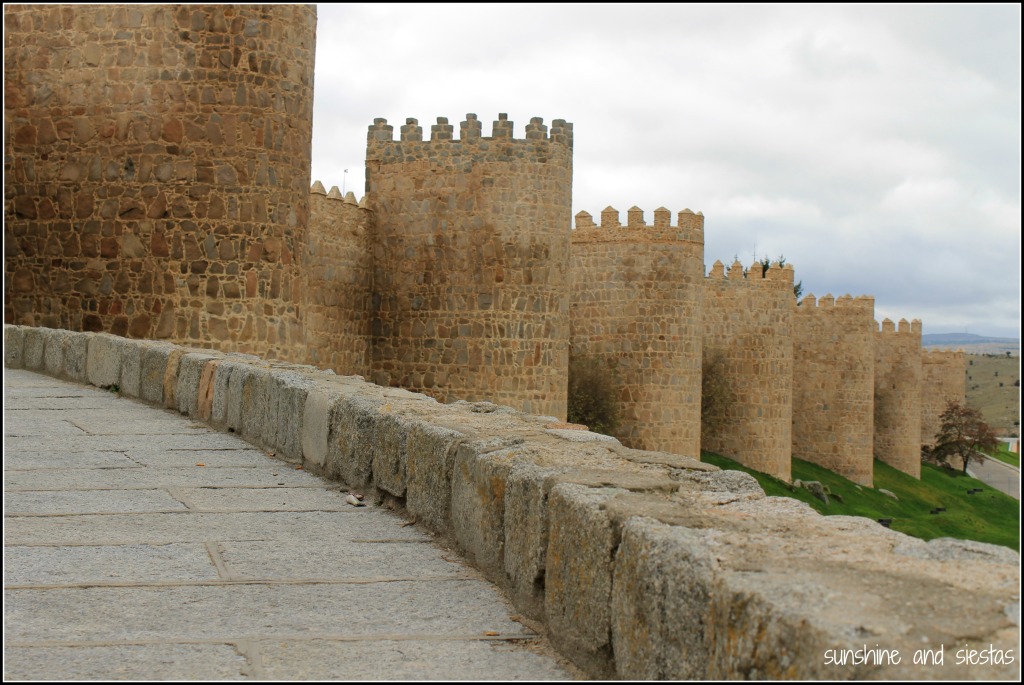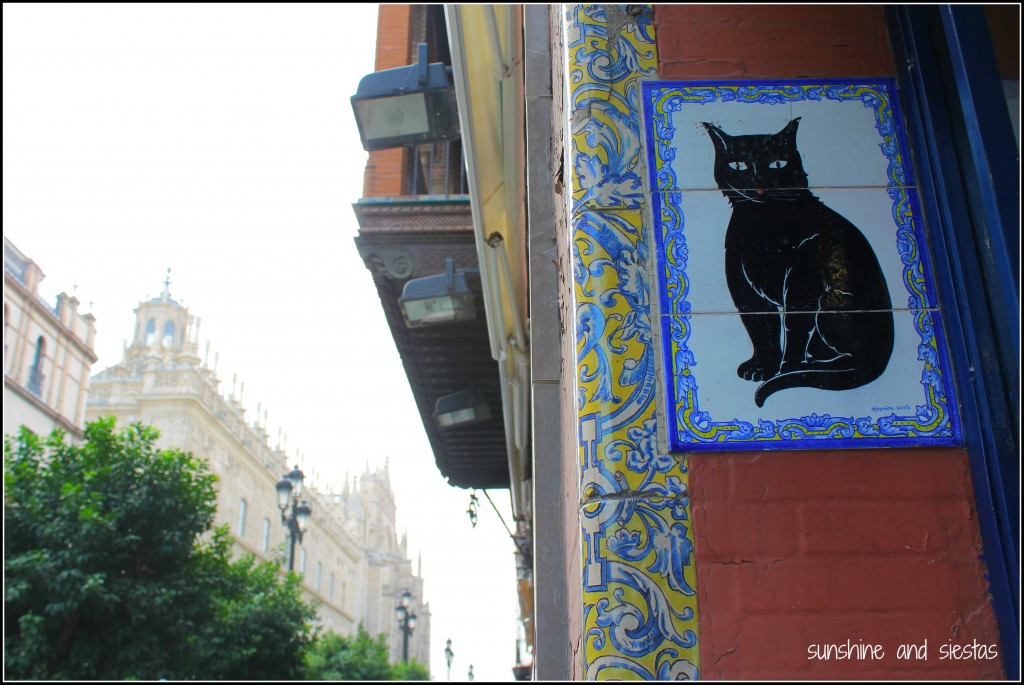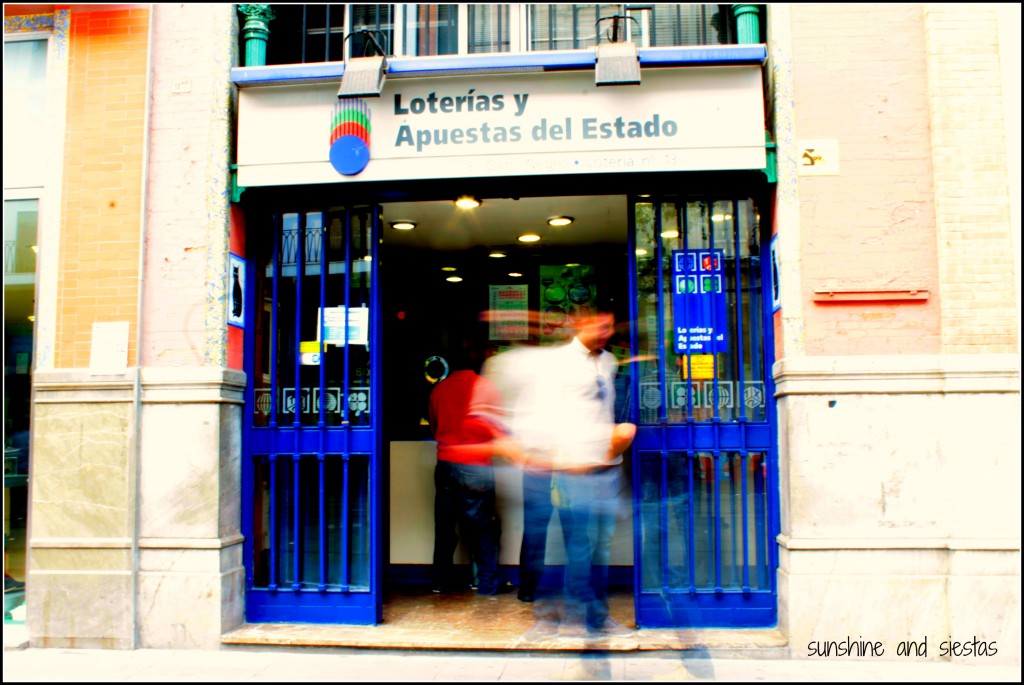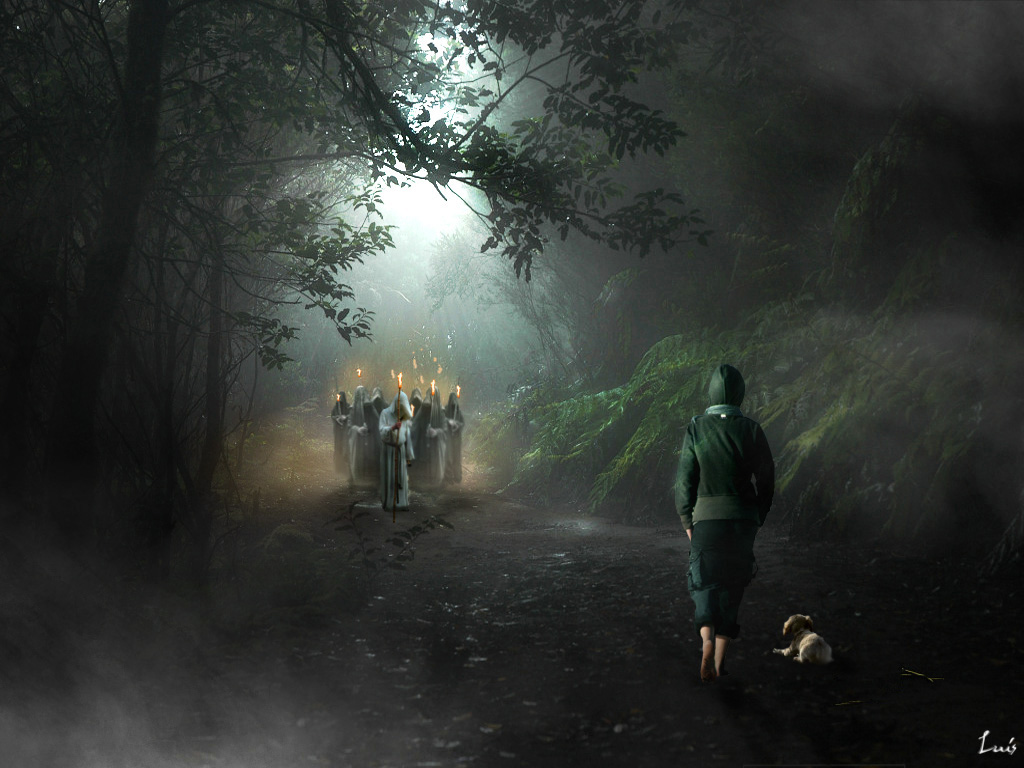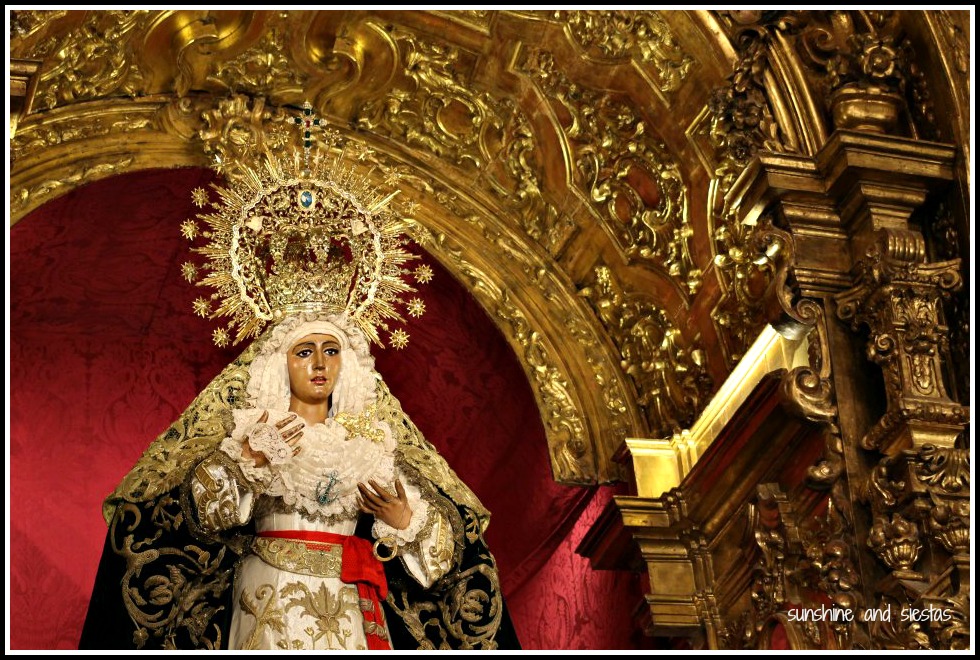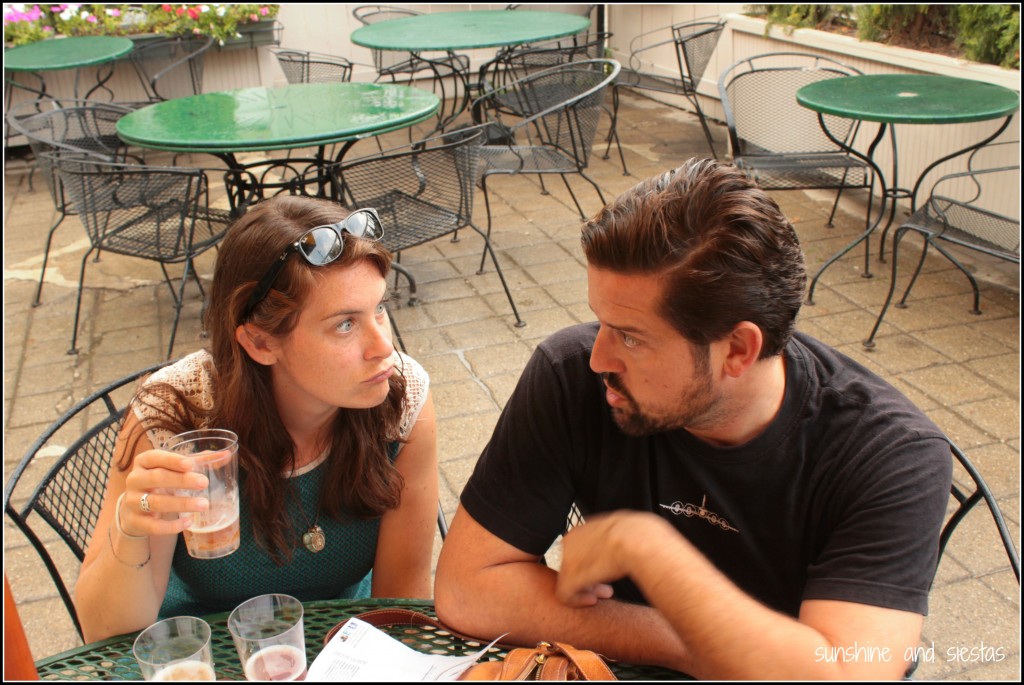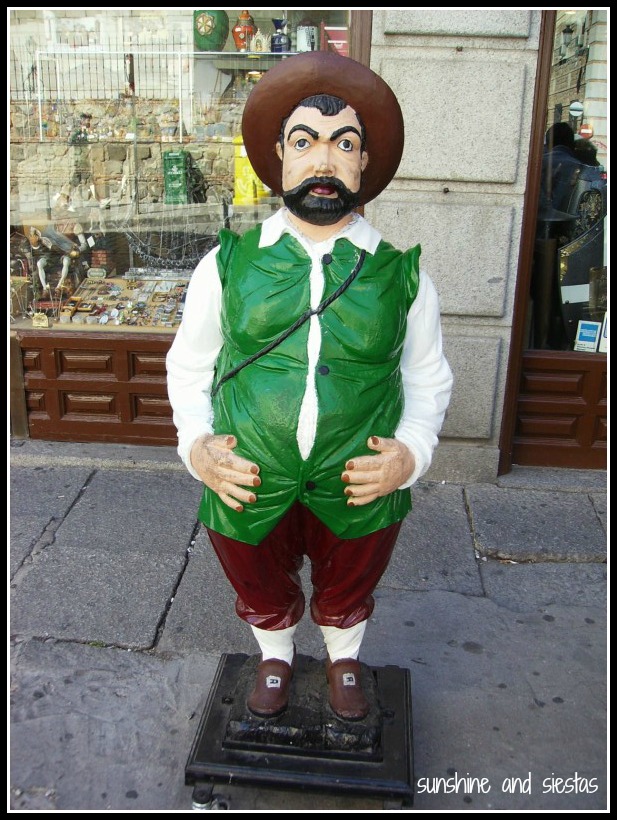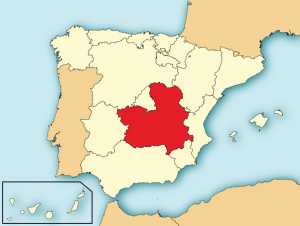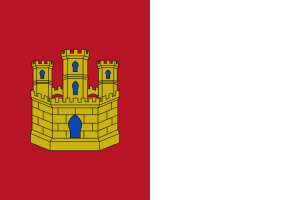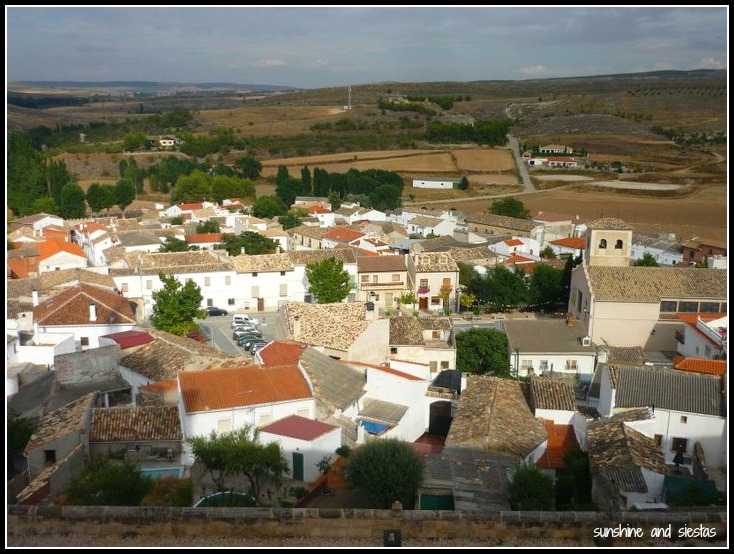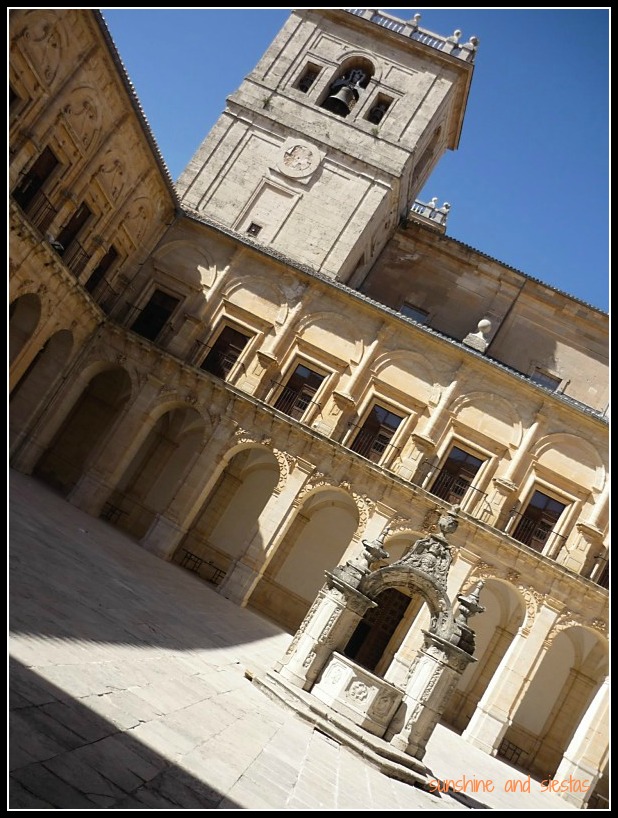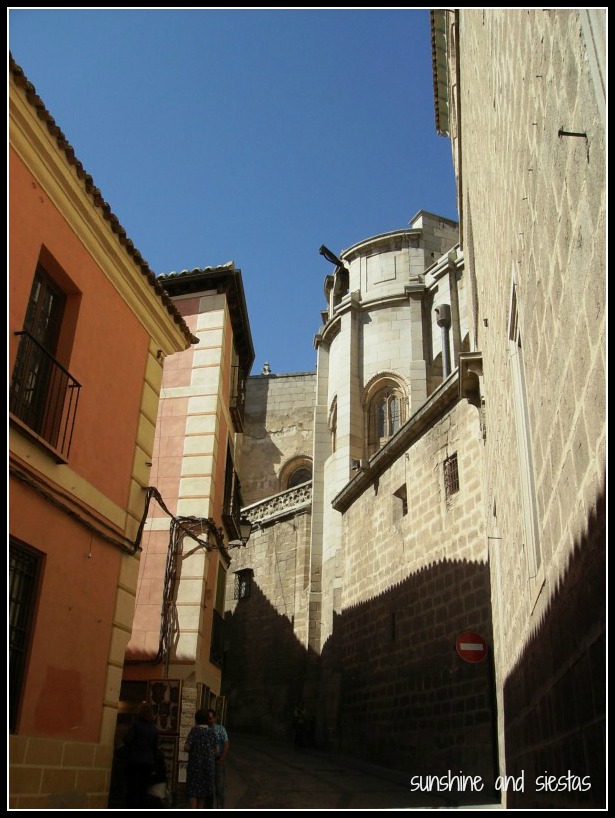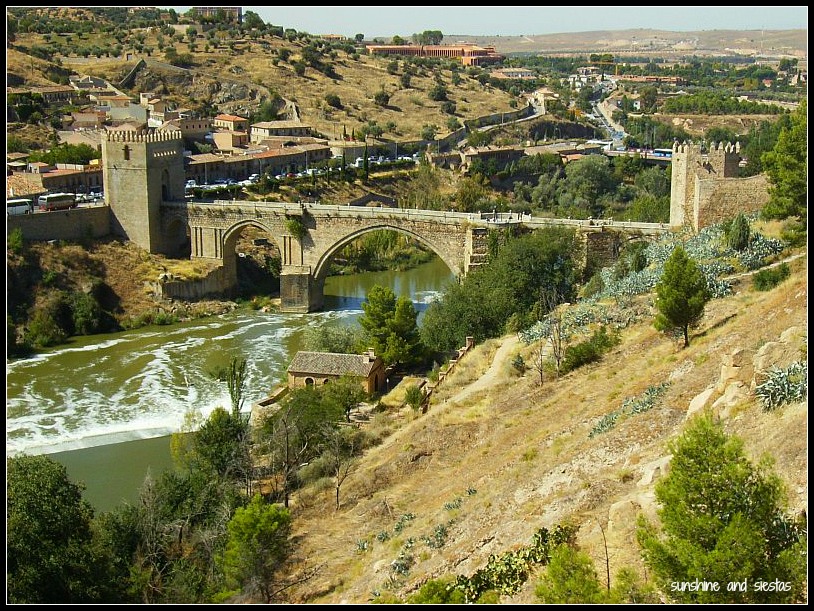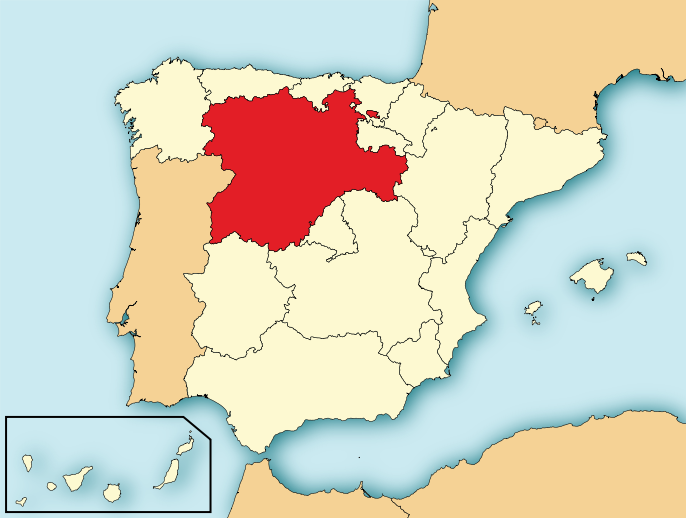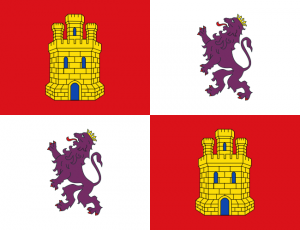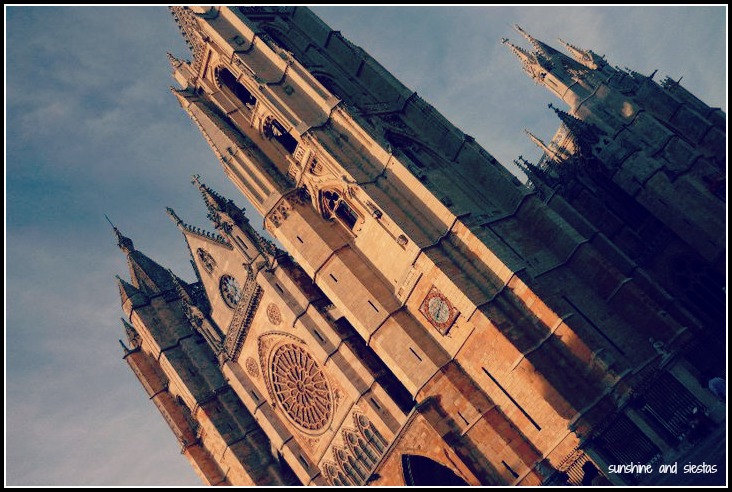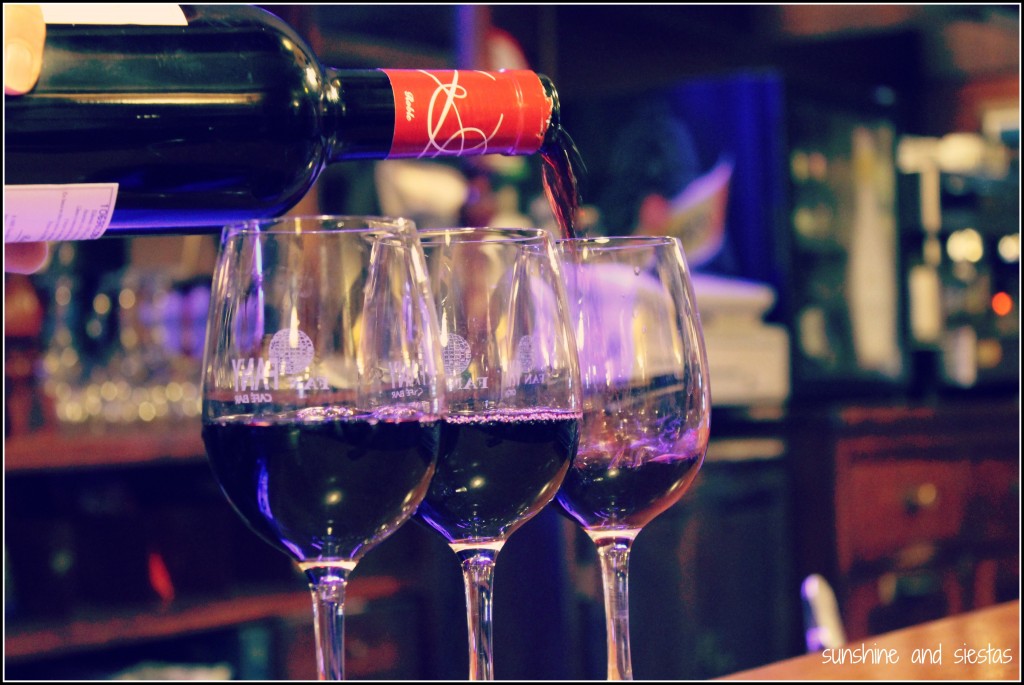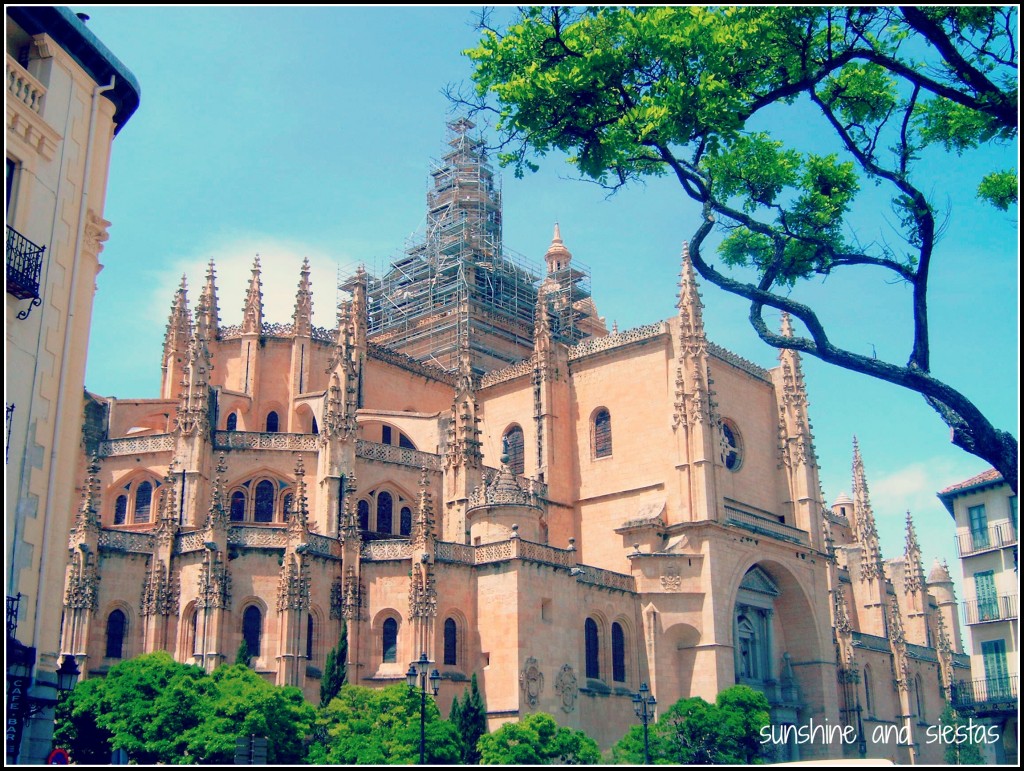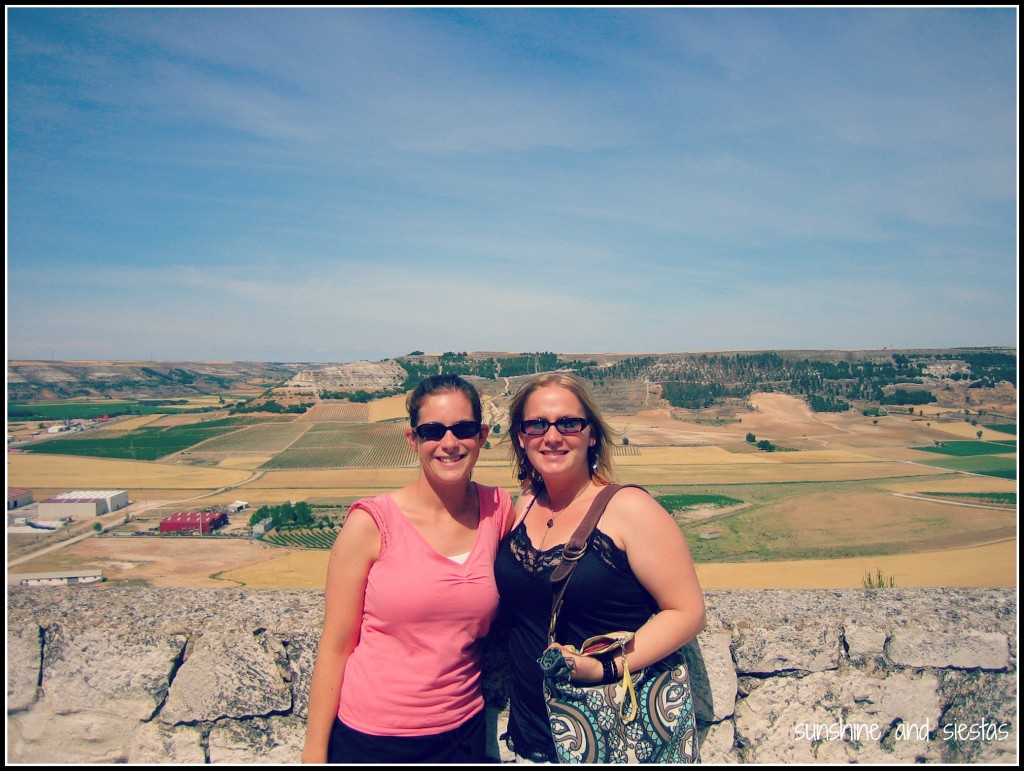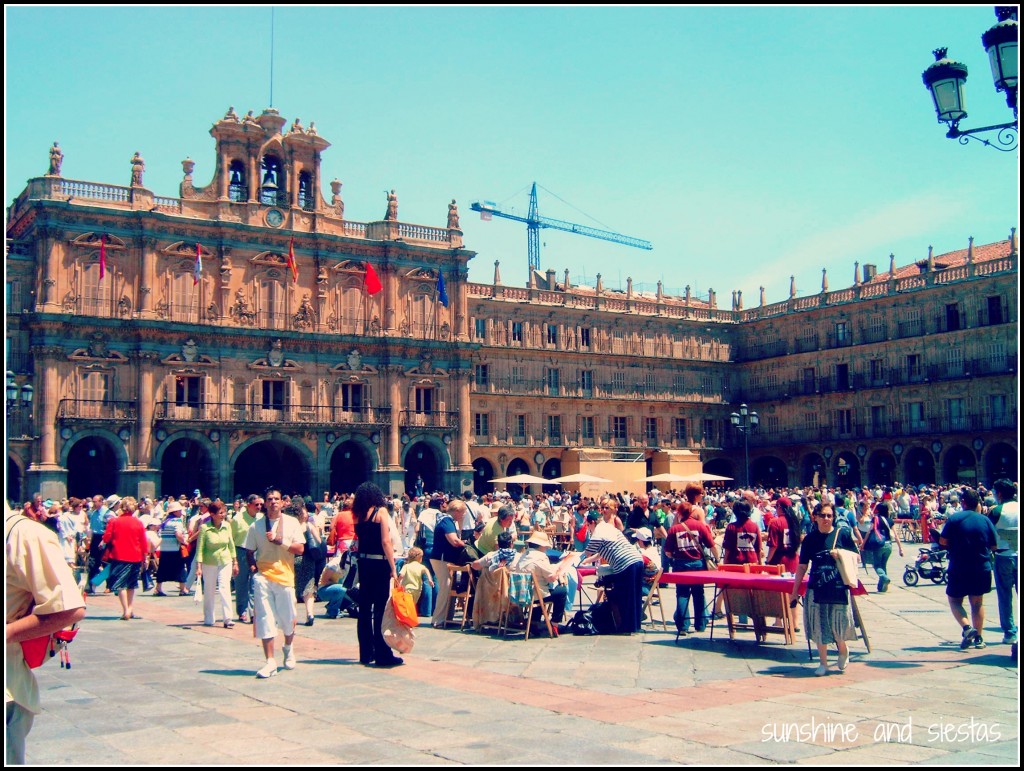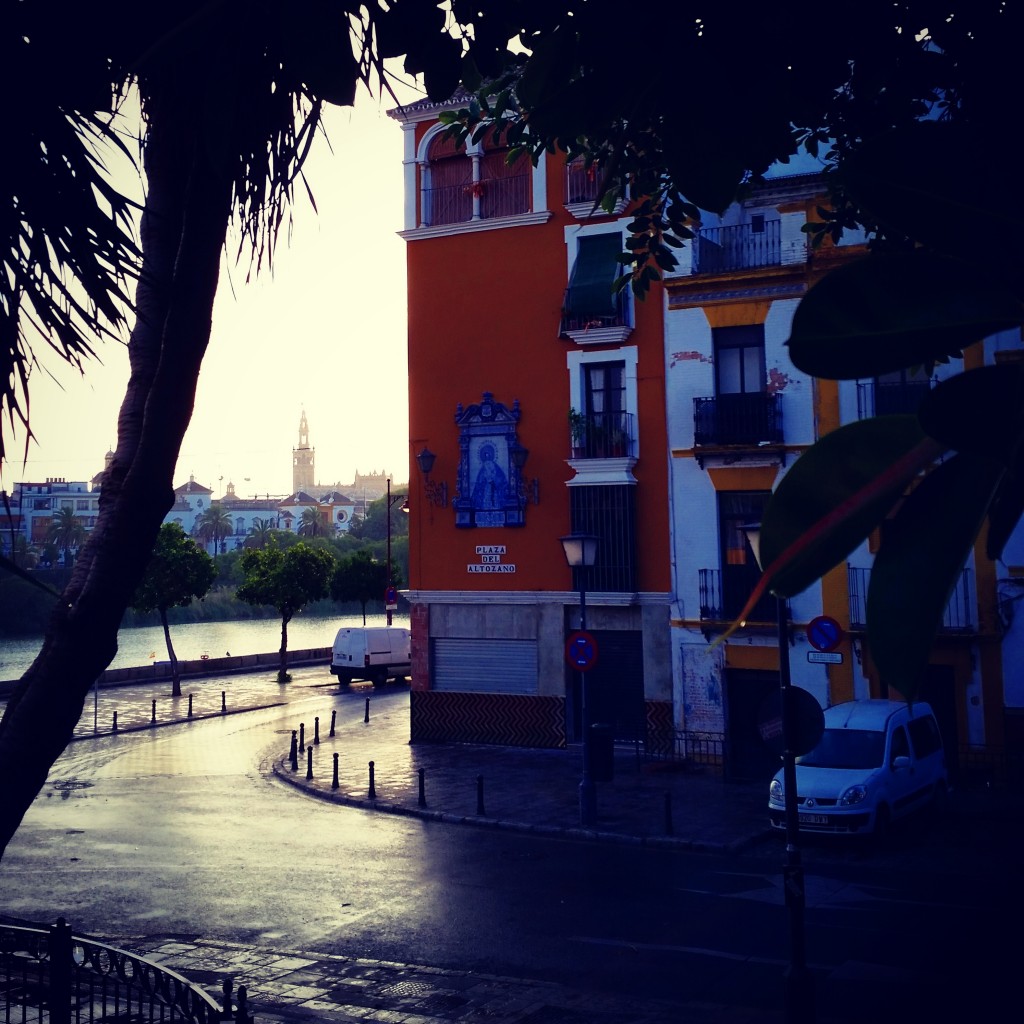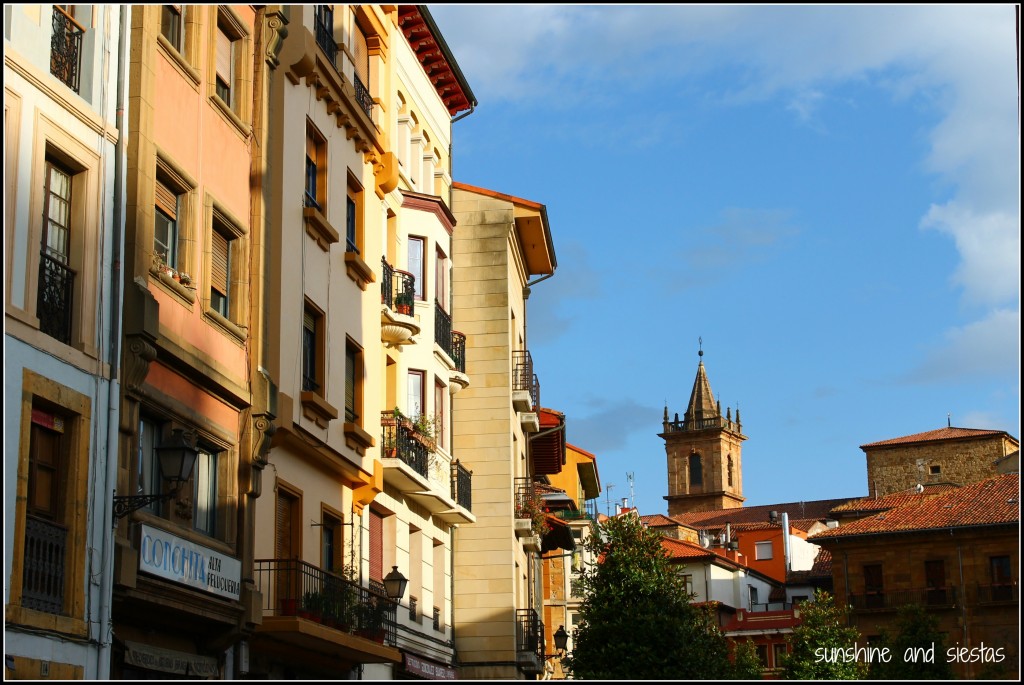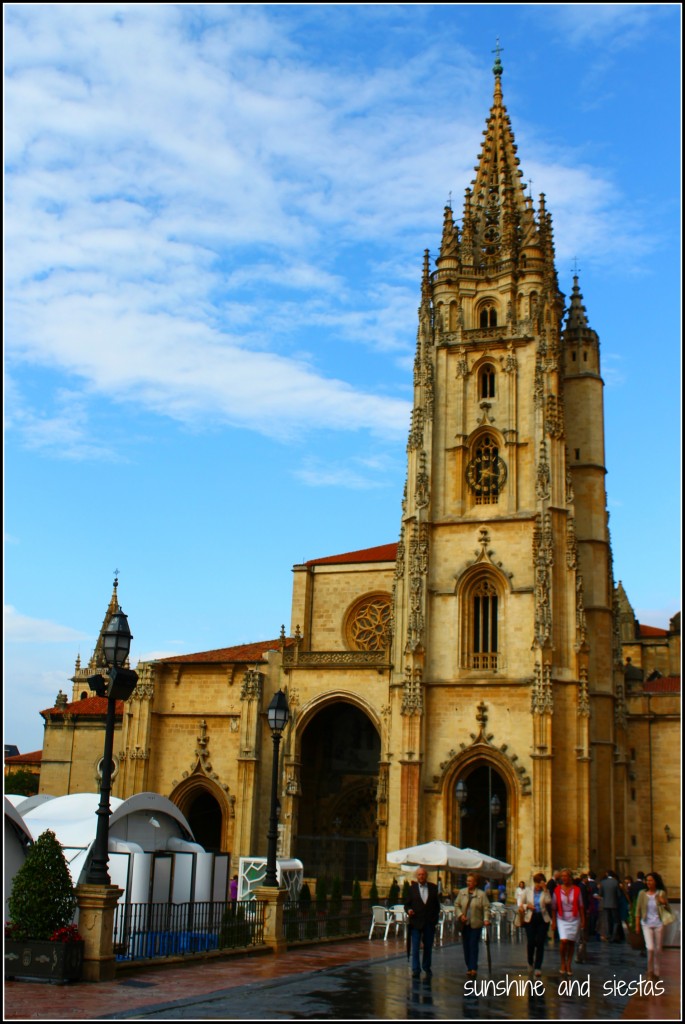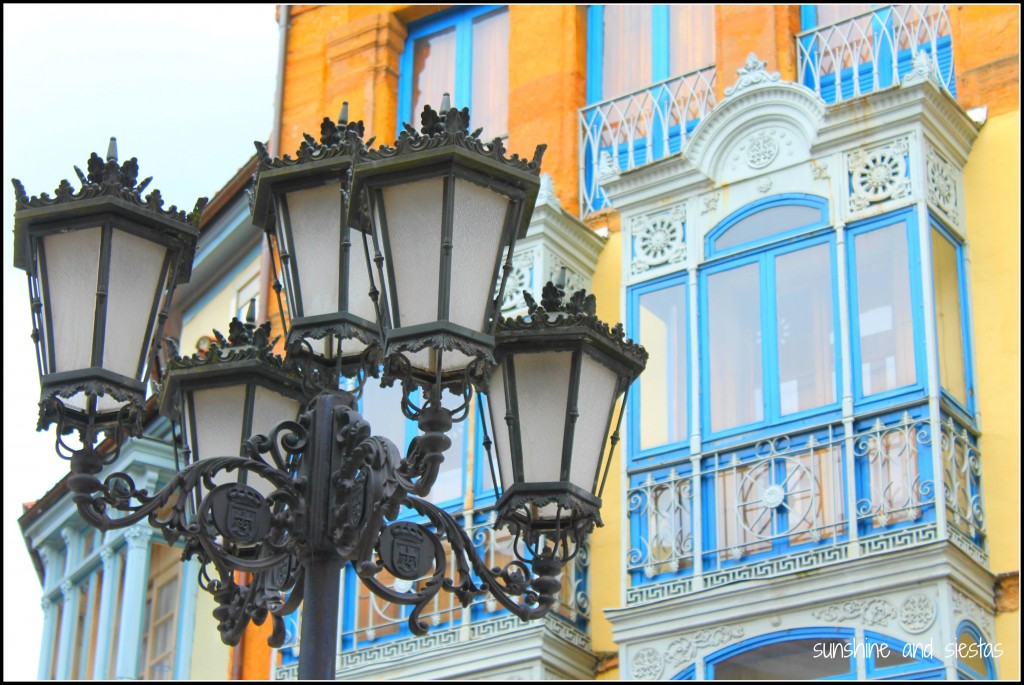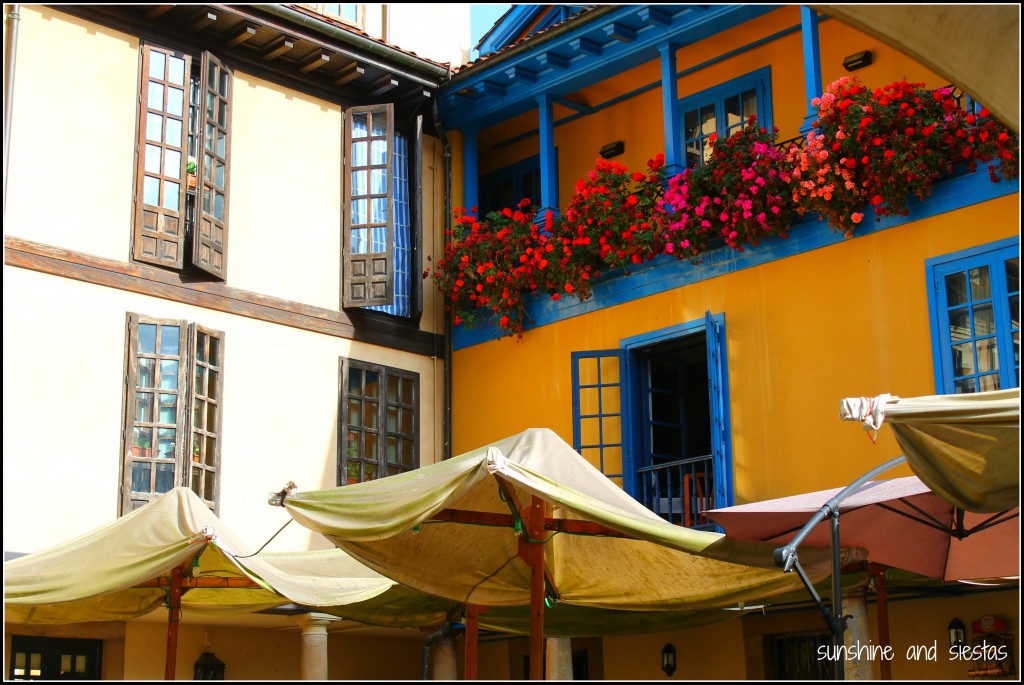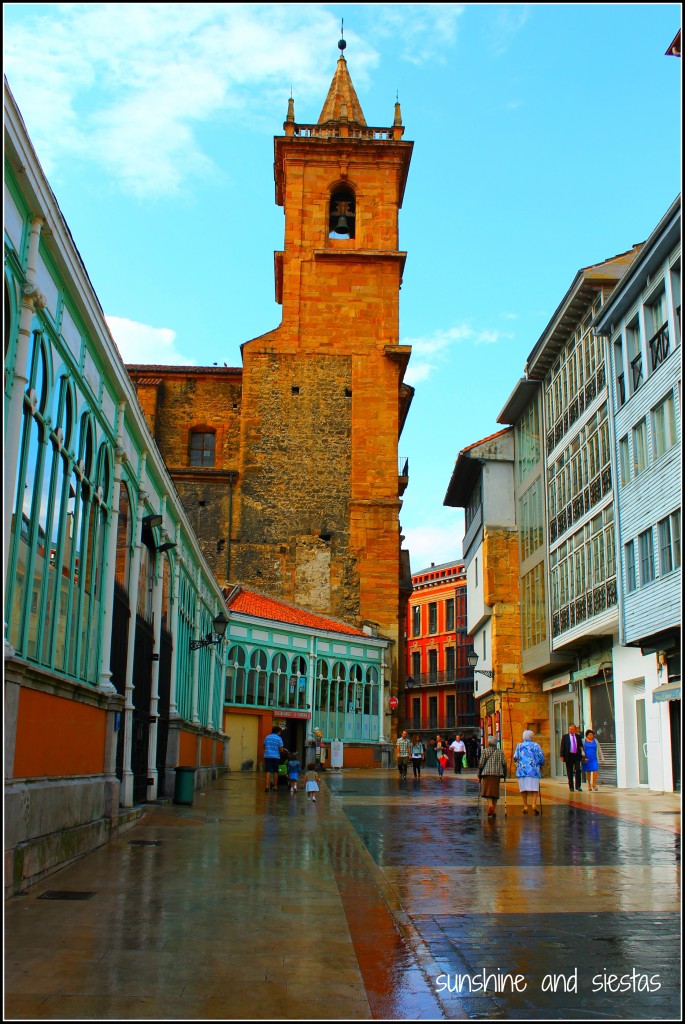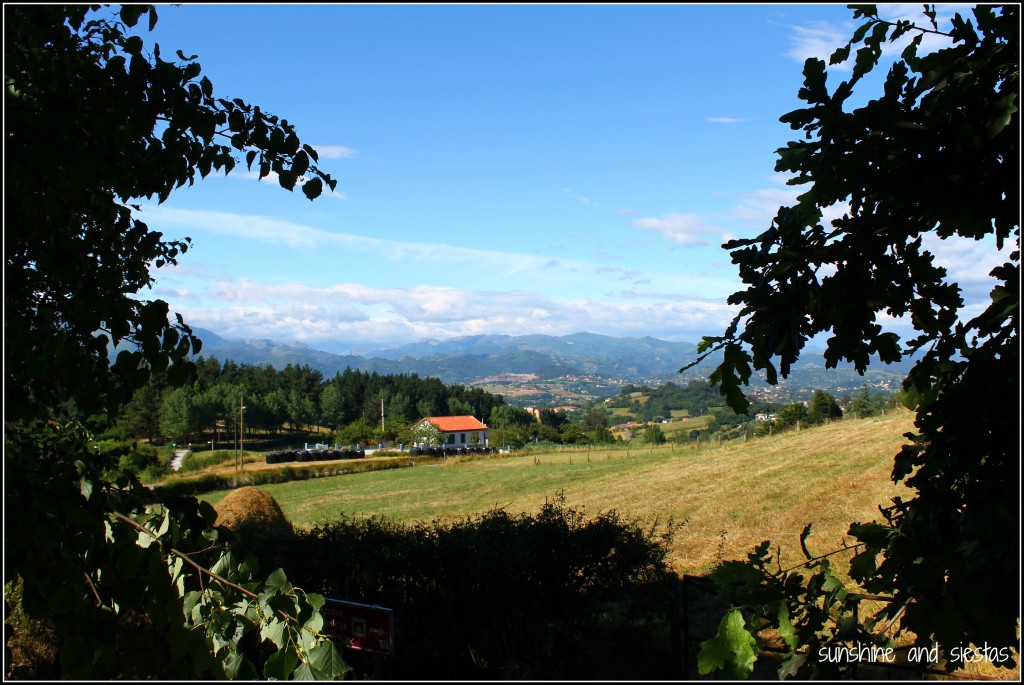Hay alguién aquí de fuera? called the drag queen from the stage. A hoarse shout came from right behind me: “Mi guiri, mi guiri!”
My friend S had sold me out to a total stranger and a bar full of side-eyeing pijas, and she’d done so be calling me a guiri. This was before any of us turned 30 but after an entire afternoon of beers, so I skipped to the stage and joined the drag queen, dancing all of my shame out. She later apologized for screaming HERE’S A FOREIGNER a few days later, though I’d already consented to another drink after my show as a way to shrug it off.
Guiri is a catch-all phrase for both foreign tourists and Northern Europeans, used more often than not in a joking, affable way. I’d never really taken any interest in knowing where the word come from until an early morning wake up call on a Sunday morning had me watching Canal Sur’s program about the origins of common practices and traditions in Andalucía. If you are into etymology like me, your ears would have perked up when you heard “Where does the word guiri come from?’ I nearly spilled my coffee on our new coach.
The most common explanation is literally a page out of a Spanish history book: The word guiri has existed for some 130 years since the time of the Guerras Carlistas during the first half of the 19th Century, a series of skirmishes that followed the death of King Fernando and that pitted the royal’s only a heir, Isabel, against his brother, Carlos María Isidoro de Borbón (it is, therefore, not a phrase derived from a way to call out the socks with sandals thing).
According to the Royal Decree of 1713, all ascendents to the throne were required to be male, so Carlos V made a play for Isabel’s blue-blood given right. This sparked the first of the Carlist Wars, with Isabel’s mother, María Cristina de Borbón Dos-Sicilias fighting for her daughter.
Those who supported Isabel and her mother became known as cristinos, and fighting was especially fierce in the northern regions of Navarra and País Vasco. Cristinos from this region saw their leader as radical liberals who hoped to make sweeping reforms in the whole country, beginning with the right to the throne. What’s more, the this band received support from other countries like France and Great Britain, causing alarm with the northerns who were, characteristically, more traditional and supporters of Carlos V.
The name for the northern became known as guiristinos to the carlistas, an ambiguation of cristinos in the Basque language. Because the majority of María Cristina’s supporters were Basque and Navarrese, the name stuck and was even used as a way to call Guardia Civil officers during Franco’s regime. At its most basic, it also served as a moniker for outsiders and people with radical new ideas, shortened to simply guiri.

However, the word guiri didn’t become popular in Spain until the 1960s when tourism began to bring thousands of travelers – namely the British and the Dutch – to coastal resorts. Post-war Spain and Francoist mentality were not ready for the influx of foreigners in the wake of two decades of self-sustainability, so guiri became the popular way to call light-skinned tourists, usually from Northern Europe, the US and Canada. (Another beloved Spanish tradition to surge during this decade? The menú del día. Bendito manjar, clearly).
Some decry the word as a direct attack on those who fall into the category, but most Spaniards will insist that it’s a term of endearment. As most groups of friends have the token ‘El Cabesa’ and ‘El Tonto,’ being ‘La Guiri’ is kind of like my calling card, a simple way to distinguish myself and make me feel like I’ve squeezed my way into tight sevillano social circles.
Have you ever been called a guiri? How do you feel about it?
